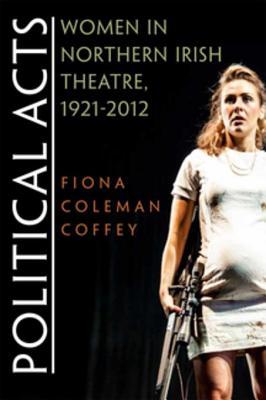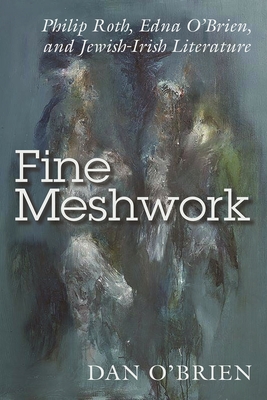
Part of Series
"Joyce was a realist, but his reality was not ours," writes John Gordon in his new book. Here, he maintains that the shifting styles and techniques of Joyce's works is a function of two interacting realities the external reality of a particular time and place and the internal reality of a character's mental state. In making this case Gordon offers up a number of new readings: how Stephen Dedalus conceives and composes his villanelle; why the Dubliners story about Little Chandler is titled "A Little Cloud"; why Gerty MacDowell suddenly appears and disappears; what is happening when Leopold Bloom stares for two minutes on end at a beer bottle's label; why the triangle etched at the center of Finnegans Wake doubles itself and grows a pair of circles; why the next to last chapter of Ulysses has, by far, the book's highest incidence of the letter C; and who is the man in the macintosh. Gordon, whose authoritative "Finnegans Wake" A Plot Summary received critical acclaim and is considered one of the standard references, revisesand challengesthe received version of that reality. For instance, Joyce features ghost visitations, telepathy, and other paranormal phenomena not as "flights into fantasy" but because he believed in the real possibility of such occurrences.
Author

John Swan Gordon, M.A., Ph.D. (1945-) is professor emeritus in English, Connecticut College, New London. John Gordon retired from teaching at Connecticut College in 2015. Most of John Gordon's work has been on the writing of James Joyce. His two books published on the subject are James Joyce's Metamorphoses and Finnegans Wake: A Plot Summary and a monograph, Notes on Issy. He has also published some fifty articles and notes on the subject, and has delivered a comparable number of papers and numerous reviews. He has been elected as a member of the board of the International James Joyce Society. In addition to the introductory courses taught by all members of the English department, John Gordon has taught courses in Modern Poetry, Contemporary Literature, and most recently, "Modernism and Its Discontents," which alternates between canonical texts of the period, sometimes called High Modernism, and popular novels of the same time.


